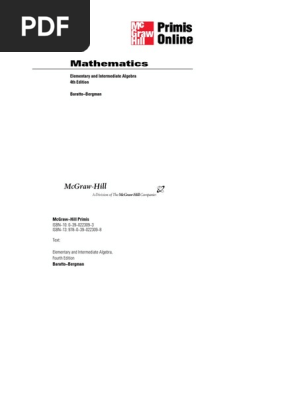100% found this document useful (1 vote)
75 views16 pagesBasicMath Course Booklet SOWISO
The document outlines the structure and content of a digital math course offered by SOWISO. It describes the chapters, topics, and units within each chapter. Examples of theory pages and exercises are also provided to illustrate how the content is delivered to students.
Uploaded by
corndog sauceCopyright
© © All Rights Reserved
We take content rights seriously. If you suspect this is your content, claim it here.
Available Formats
Download as PDF, TXT or read online on Scribd
100% found this document useful (1 vote)
75 views16 pagesBasicMath Course Booklet SOWISO
The document outlines the structure and content of a digital math course offered by SOWISO. It describes the chapters, topics, and units within each chapter. Examples of theory pages and exercises are also provided to illustrate how the content is delivered to students.
Uploaded by
corndog sauceCopyright
© © All Rights Reserved
We take content rights seriously. If you suspect this is your content, claim it here.
Available Formats
Download as PDF, TXT or read online on Scribd
/ 16























































